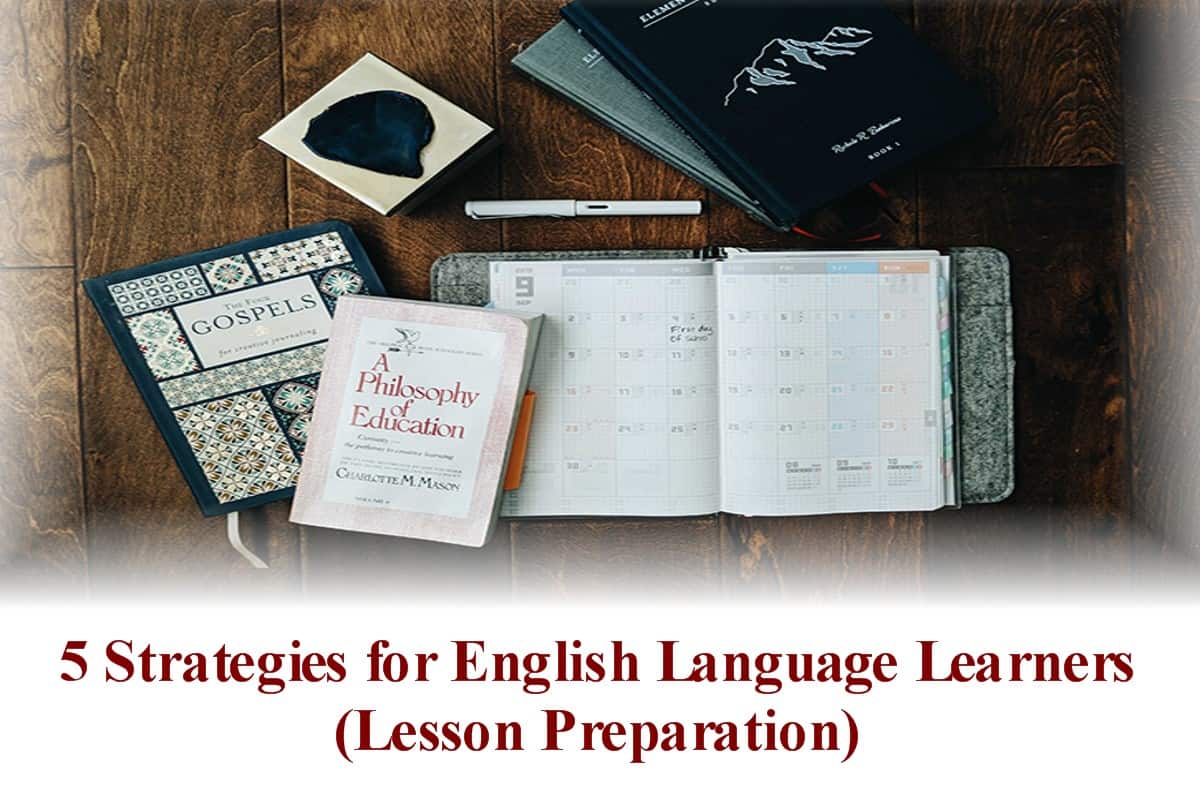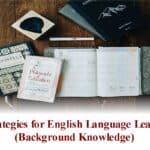Thinking Maps
Strategy Overview-
This strategy is mainly used for organizing information. Examples of thinking maps include the circle map, bubble maps, double-bubble maps, tree maps, brace maps, and many others. As you plan your instruction, you should think about whether or not one of these maps can assist you in making the academic content more accessible to your students.
What are the benefits of using this strategy?
Thinking maps are very effective at helping your learners organize new as well as previously learned information. By having them actively complete these tools, you ensure that the information will be retained in a visual way. Thinking maps help the brain connect information meaningfully and as they repeatedly use these tools, they will begin to automatically visualize information through these maps.
Graphic Organizers
Strategy Overview-
Another strategy used for organizing information are graphic organizers. They help students make connections between ideas and information. Examples of graphic organizers are KWL Charts, Venn Diagrams, T-Charts, Sequence Maps, Cause and Effect Charts, etc….
What are the benefits of using this strategy?
Graphic Organizers are very effective at providing a framework through which learners can analyze and connect information. Some organizers can be used to help students create drafts for writing assignments. They are very versatile and can be used across many grade levels.
As a bilingual teacher, I kept copies of various graphic organizers translated in the native language constantly available for my students. They are well worth the effort.
Using Illustrations
Strategy Overview-
In this strategy, illustrations are provided throughout the lesson in order to reinforce written information. Vocabulary is accompanied with pictures and visual representations. Images are strategically placed throughout the reading passages in order to assist English Learners of various levels.
What are the benefits of using this strategy?
The benefits of incorporating visuals and illustrations cannot be overstated. To English Language Learners, they act as a bridge to comprehend unknown text. Often a student has background knowledge to draw from when presented with new content. Illustrations help them make connections.
Illustrations and pictures are also very effective for speech production as level 1 and 2 students can be asked to simply describe what they see.
Scaffolding
Strategy Overview-
Scaffolding involves providing modifications to an assignment or assessment in order to allow English Language Learners or even English Speakers with academic challenges to be able to complete these academic tasks on their own. There are many different ways to scaffold. Scaffolds are designed to be temporary. As the student becomes more adept and proficient at a particular skill, the scaffolds can be removed.
What are the benefits of using it?
The goal of most of our teaching is to foster student independence. Different students will possess different levels of skill, knowledge, and ability. Incorporating scaffolds are an effective way to allow students to complete an assignment without altering the intended learning outcome of the lesson. One of the benefits of spending the time to incorporate scaffolds is that it allows the teacher to become a facilitator in the lesson rather than having to guide a small group of students throughout the whole process. Scaffolding helps to free up the teacher while allowing the student to function independently.
Three-Column Notes
Strategy Overview-
Three- Column Notes are an effective way to help students organize information. It allows them the space to not only record the content being presented, but also areas where they can analyze the content and make connections. There are various versions of 3-column notes. A popular one is called “Cornell Notes”. The specific sections of the different types may vary but they all have one thing in common. You’ve guessed it…..three columns.
What are the benefits of using it?
Three-Column Notes are effective tools. They encourage critical thinking rather than the simple copying of notes. They provide a framework for students to annotate, jot down questions, and demonstrate understanding. They can be used to facilitate discussion as well as provide the teacher with insights on which students may require more assistance. They can also allow students a space to reflect on the information presented.
Check out the following link to access frequently asked questions on ESL and Bilingual Law in New Jersey.
https://hctutorial.com/esl-and-bilingual-frequently-asked-questions/



